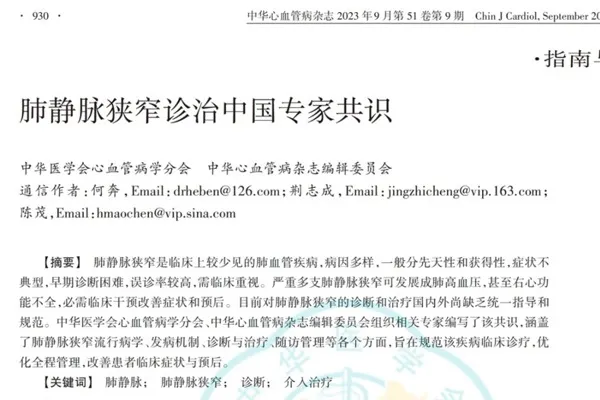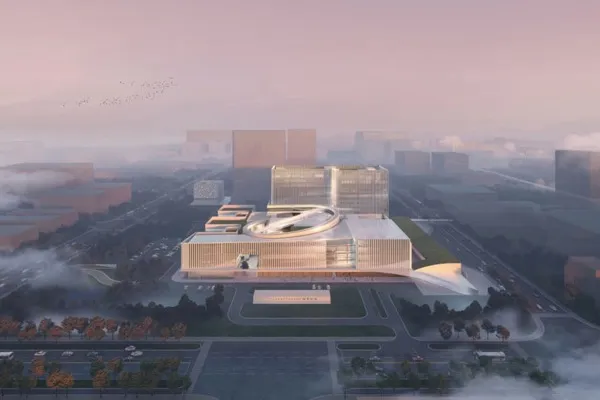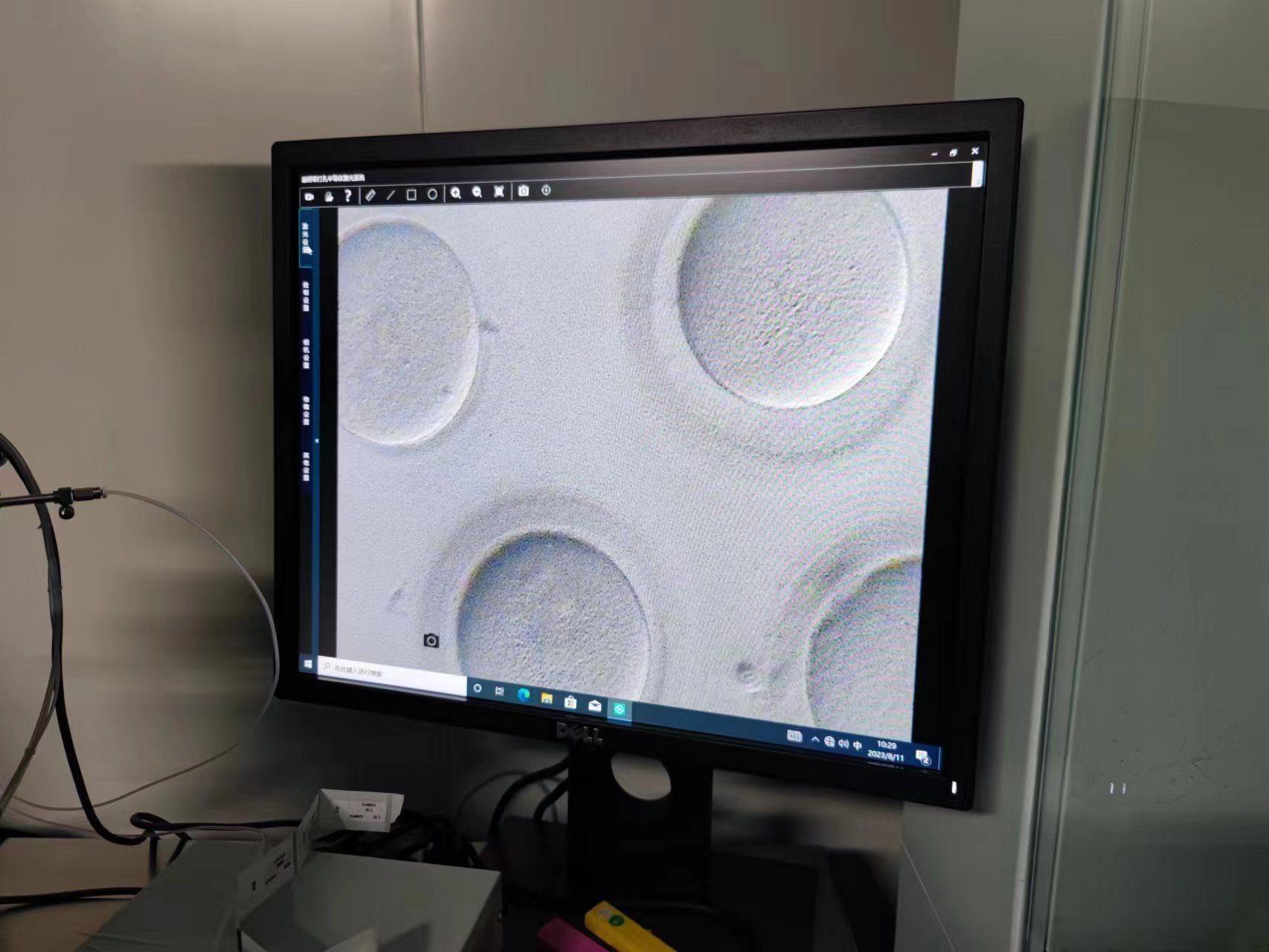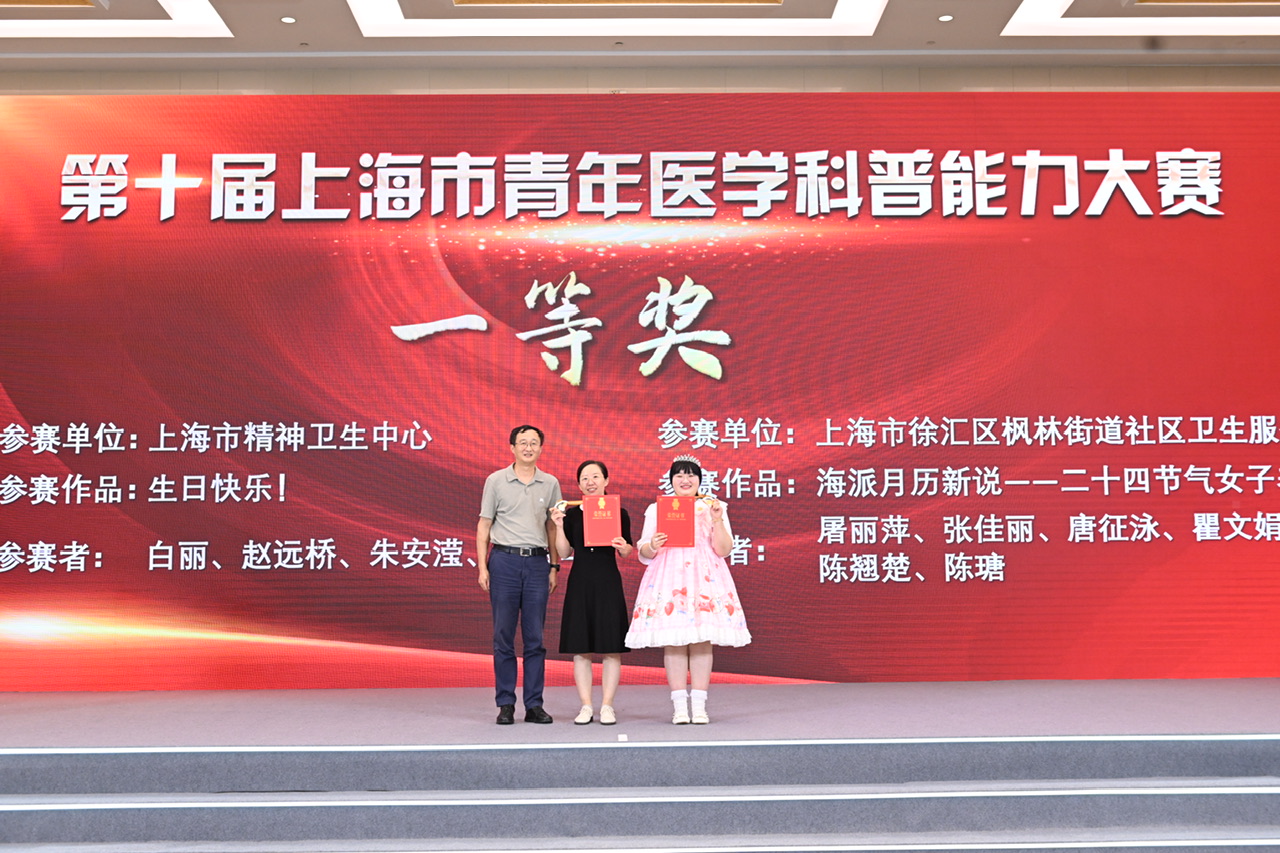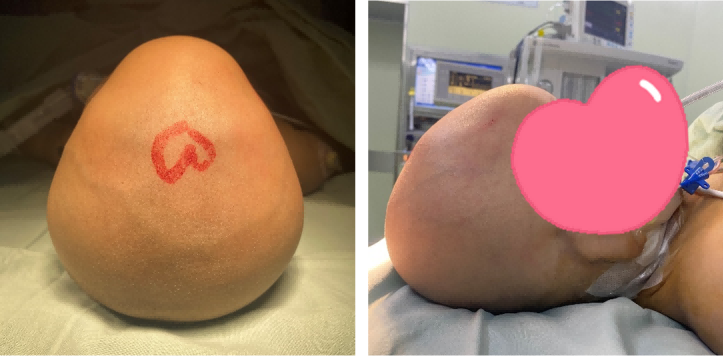my country has its own treatment plan: the world's first "Chinese Expert Consensus on the Diagnosis and Treatment of Pulmonary Vein Stenosis" released
On the occasion of the 24th World Heart Day, commissioned by the Cardiovascular Disease Branch of the Chinese Medical Association, He Ben, Director of the Heart Center and Director of the Department of Cardiology at Shanghai Chest Hospital, and his team led 36 authoritative experts across the country to compile the "Diagnosis and Treatment of Pulmonary Vein Stenosis in China" Expert Consensus" was officially released and simultaneously published by the "Chinese Cardiovascular Journal". It is reported that this is the first international consensus among Chinese experts on the diagnosis and treatment of pulmonary vein stenosis, which embodies the diagnosis and treatment experience and wisdom in the field of cardiovascular disease in my country.
Pulmonary vein stenosis is a rare cardiopulmonary vascular disease, but its causes are diverse, symptoms are atypical, and early diagnosis is difficult, so the misdiagnosis rate is high. Pulmonary vein stenosis will lead to an increase in local pulmonary artery and pulmonary vein pressure. As the disease progresses, patients will develop symptoms such as shortness of breath, cough, and hemoptysis, which are as severe as left heart failure. If not treated in time, the condition will continue to worsen and the rate of death and disability will be high. However, there are currently no expert recommendations for the diagnosis and treatment of pulmonary vein stenosis at home and abroad. Domestic understanding of pulmonary vein stenosis is limited, and related diagnosis and treatment are also lacking in standards.
As the deputy leader of the Structural Cardiology Group of the Chinese Society of Cardiovascular Diseases, He Ben has led the structural heart disease team to actively explore and innovate in recent years and continuously achieve new technological breakthroughs in the field of diagnosis and treatment of pulmonary vein stenosis. For chronic pulmonary vein occlusive disease, the team developed the "double guidewire" technology and published the "pulmonary vein reverse opening" technology for the first time in the world. This technology uses pulmonary vein collateral circulation to reversely open chronically occluded pulmonary veins, increase the opening rate of target blood vessels, and improve pulmonary circulation blood perfusion. Pan Xin, director of the structural heart disease subspecialty in the team, is the first expert in China to perform pulmonary vein stent interventional treatment. In 2010, he successfully performed interventional surgery for pulmonary vein stenosis. Pan Xin constantly summarizes clinical experience and puts forward the scientific theory that "large-diameter stents can reduce in-stent restenosis and improve long-term stent patency" internationally, and has confirmed it in clinical studies. The relevant research results have been published in domestic and foreign medical journals. Journal.
At the same time, the He Ben team also actively promotes interventional diagnosis and treatment of pulmonary vein disease in China, and has promoted this technology in Shanghai, Beijing, Xi'an, Lanzhou, Wuhan, Guangzhou, Shenyang, Zhengzhou, Nanchang, Luzhou and other cities, saving many desperate patients. Based on a large amount of previous work, the cardiology team of the Chest Hospital further summarized years of interventional surgery experience and research results, and organized experts in relevant fields across the country to compile a consensus on the diagnosis and treatment of pulmonary vein stenosis. The entire compilation process lasted more than 2 years. After many online and offline discussions and multiple revisions and polishes, it fully demonstrated the leading professional strength and status of the Department of Cardiology of the Chest Hospital in China.
The "Chinese Expert Consensus on the Diagnosis and Treatment of Pulmonary Vein Stenosis" is the first international expert consensus on "Pulmonary Vein Stenosis Disease", covering various aspects such as the definition and classification of pulmonary vein stenosis, epidemiology, pathogenesis and pathophysiology, diagnosis and treatment, and follow-up management. It aims to standardize clinical diagnosis and treatment of diseases, optimize full-process management, and improve patients' clinical symptoms and prognosis quality of life. The release and promotion of this consensus is an important achievement in the field of pulmonary vascular interventional therapy in China. It will guide the clinical standardization of diagnosis and treatment of pulmonary vein stenosis. It will also improve the industry's understanding of pulmonary vein pulmonary hypertension and provide more patients with cardiovascular disease with Bring the gospel.
